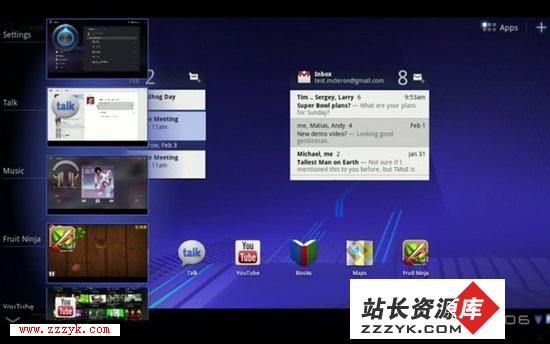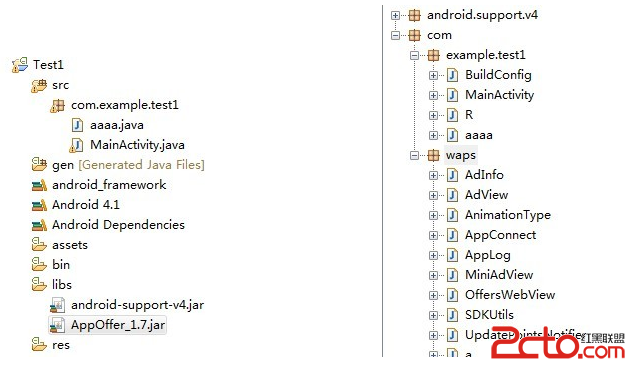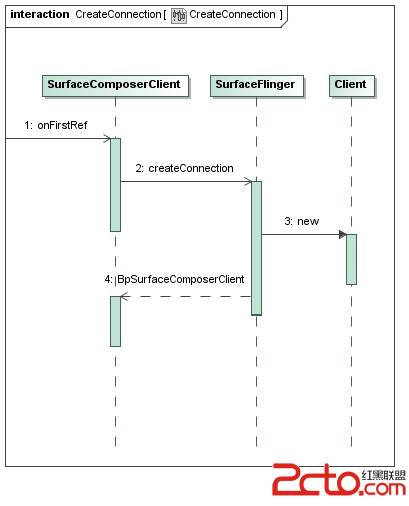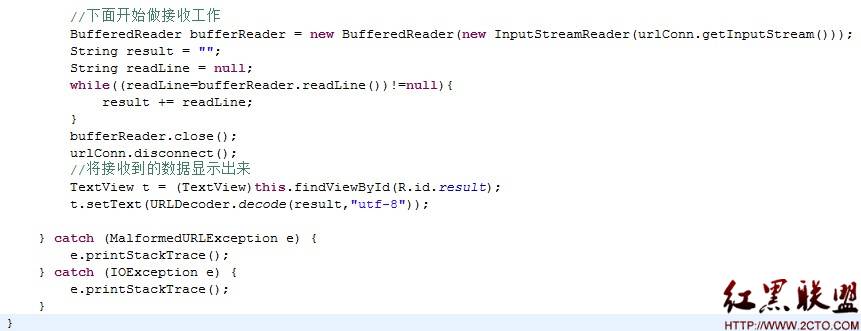Android中ListView的性能问题
Android自带的ListView只能满足初步的列表显示需求。
如果想要在列表项中添加图片等控件,就需要一个适配器(Adapter)。
此时需要重写Adapter的getView方法,这个方法是整个列表的主要计算消耗。
写得不好会影响列表的性能,而且往往会成为性能瓶颈。
</pre><p style="font-size:13px; line-height:1.4; margin-top:5px; margin-right:auto; margin-bottom:5px; margin-left:auto; font-family:Verdana,Geneva,Arial,Helvetica,sans-serif"></p><pre name="code" class="java">private LayoutInflater mInflater =
(LayoutInflater) getSystemService(Context.LAYOUT_INFLATER_SERVICE);
public View getView(int position, View convertView, ViewGroup parent) {
convertView = mInflater.inflate(R.layout.list_item_icon_text, null);
TextView text = (TextView) convertView.findViewById(R.id.text);
ImageView icon = (ImageView) convertView.findViewById(R.id.icon);
text.setText(textData[position]);
icon.setImageBitmap(iconData[position]);
return convertView;
}
如以上代码所示,列表需要展现列表项的时候,就会调用getView方法。
其中position就是列表项的位置,convertView为列表项当前使用的视图对象。
开发者只需根据position来决定如何填充一个视图,并返回给适配器就行了。
以上代码重用了列表项中的视图对象,但是这样做性能还是很差。
性能提升:
Google I/O大会上给出的方案,确实能提升性能。
将方法中调用findViewById得到的控件对象存起来,
避免每次创建新视图对象时都要调用inflate和findViewById,从而减少运行时间。
代码如下:
private LayoutInflater mInflater =
(LayoutInflater) getSystemService(Context.LAYOUT_INFLATER_SERVICE);
public View getView(int position, View convertView, ViewGroup parent) {
ViewHolder holder; // 该容器用来存放控件对象
if (convertView == null) {
convertView = mInflater.inflate(R.layout.list_item_icon_text, null);
holder = new ViewHolder();
holder.text = (TextView) convertView.findViewById(R.id.text);
holder.icon = (ImageView) convertView.findViewById(R.id.icon);
convertView.setTag(holder); // 将存放对象的容器存进视图对象中
} else {
holder = (ViewHolder) convertView.getTag(); // 直接拿出控件对象
}
text.setText(textData[position]);
icon.setImageBitmap(iconData[position]);
return convertView;
}
static class ViewHolder {
TextView text;
ImageView icon;
}
不过这样写的条件是每个列表项里面的控件都是一样的,
如果列表项的控件不是一样的,
如列表中需要使用某些列表项来做分割
(快速记账本(QuickCharge)中通过在列表的某些列表项中填充日期来分割不同日期的账目),
这种方法的性能提升就不那么明显了不过还是可以使用。
最暴力的方法,保存所有创建过的View。考虑到内存占用,可以用弱表来保存这些View。
摘自 苹果君的工作室
补充:移动开发 , Android ,




